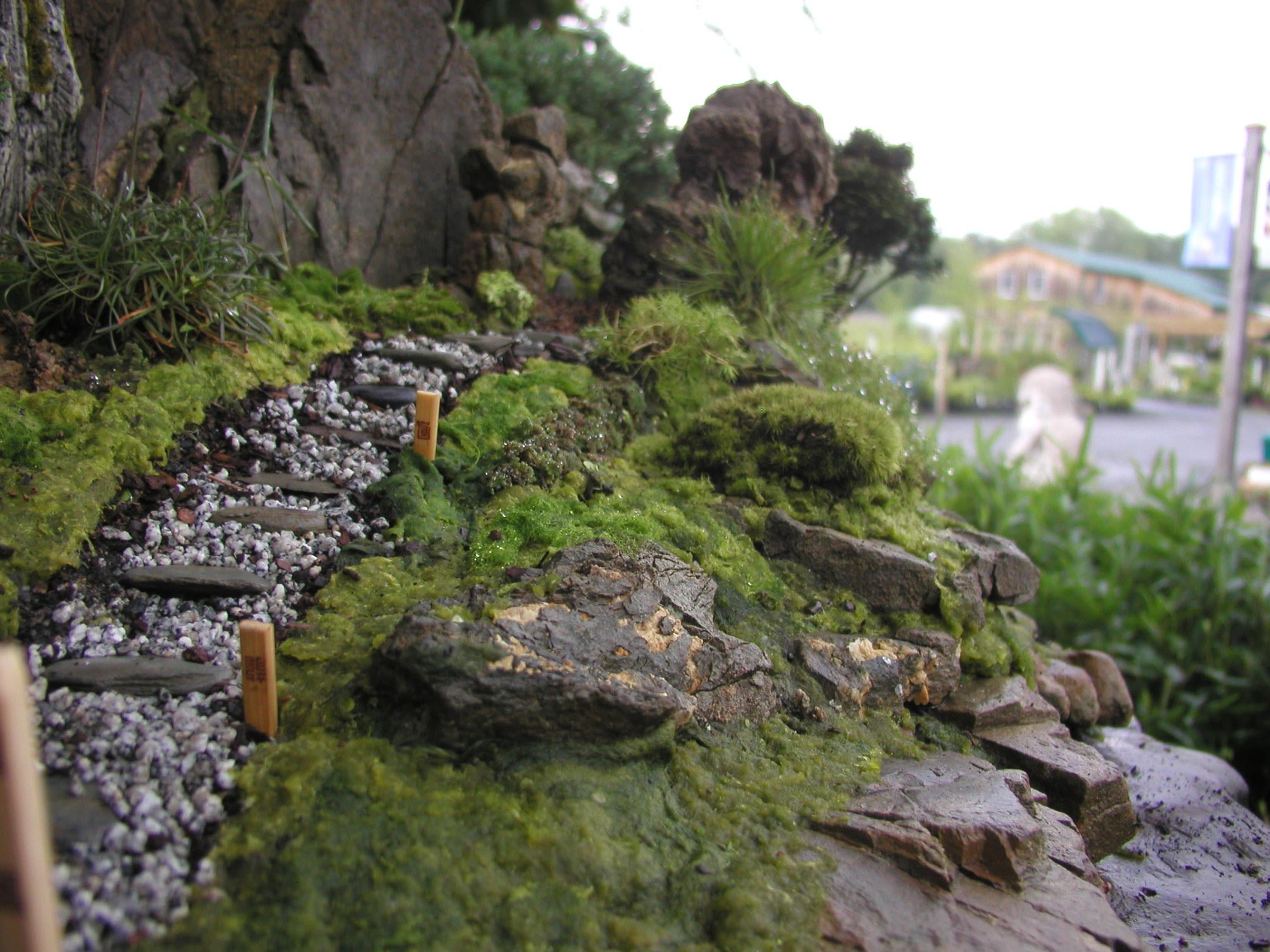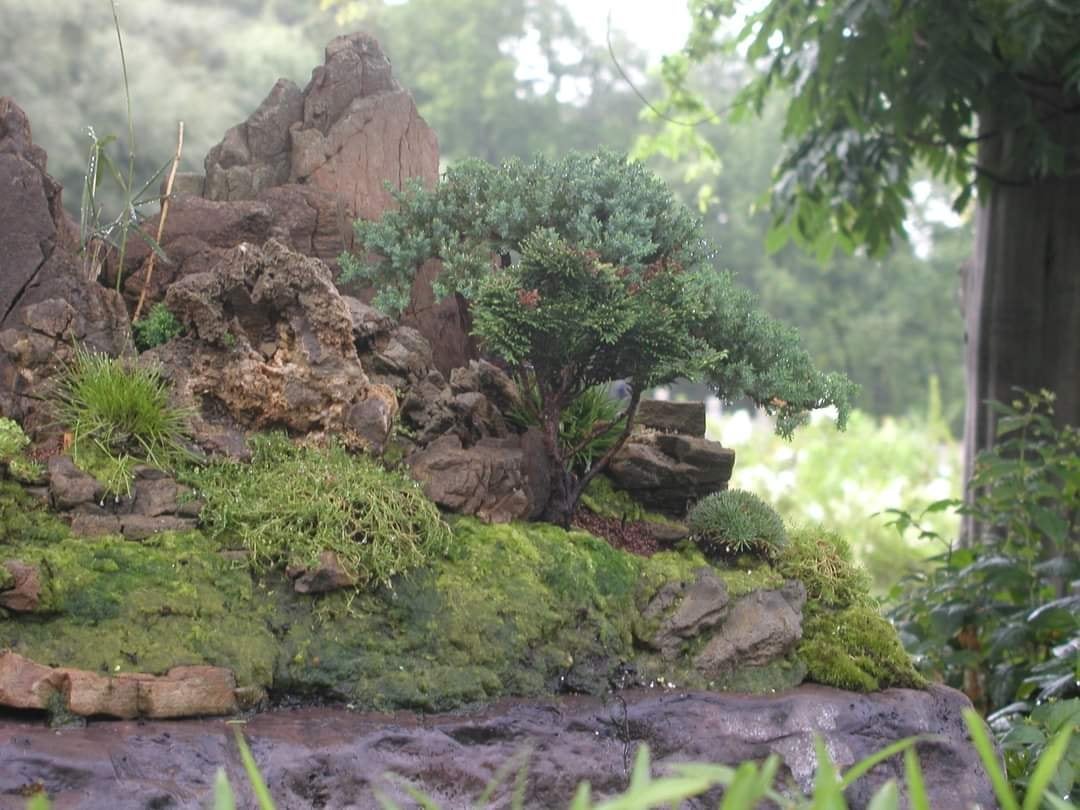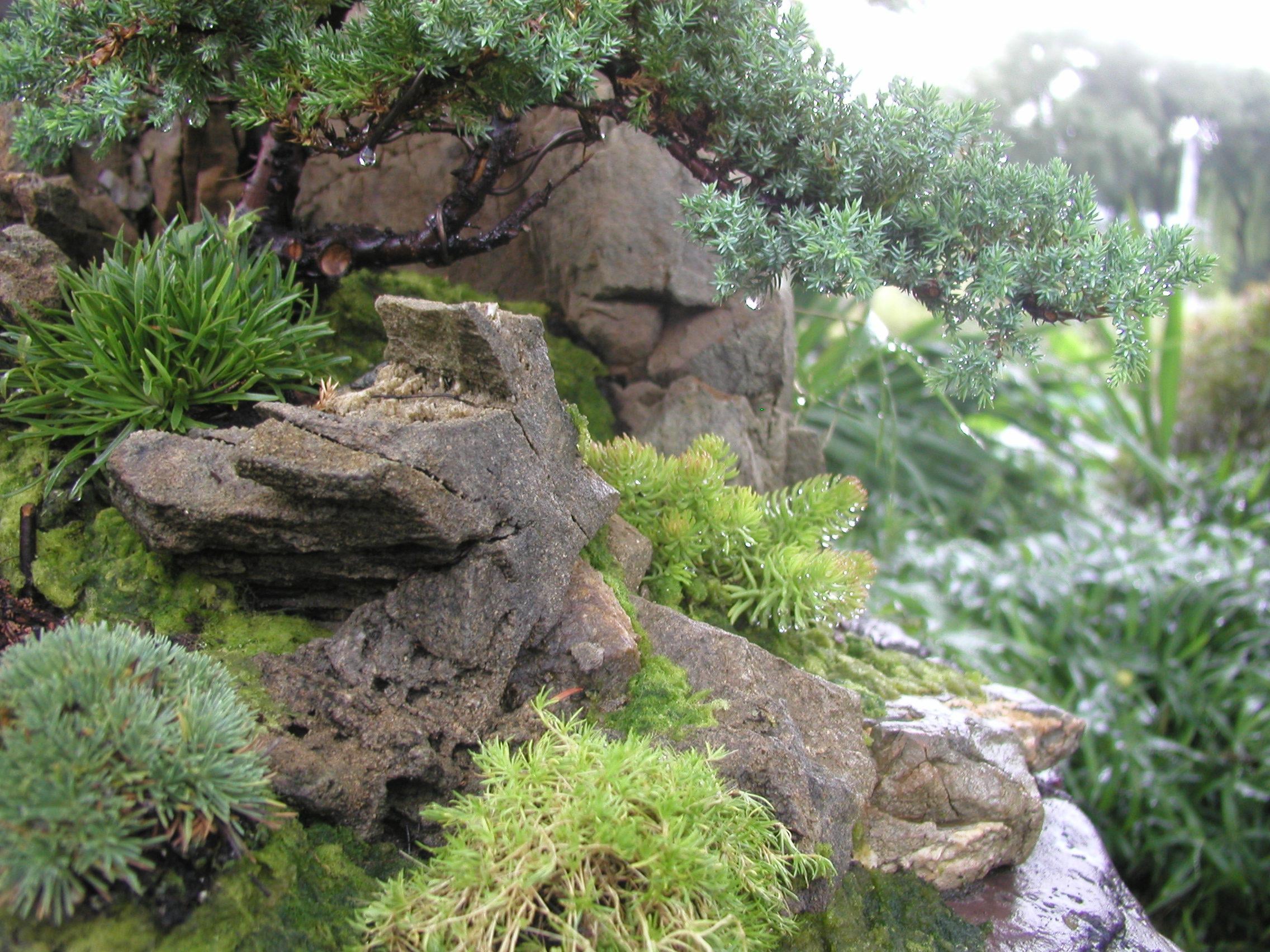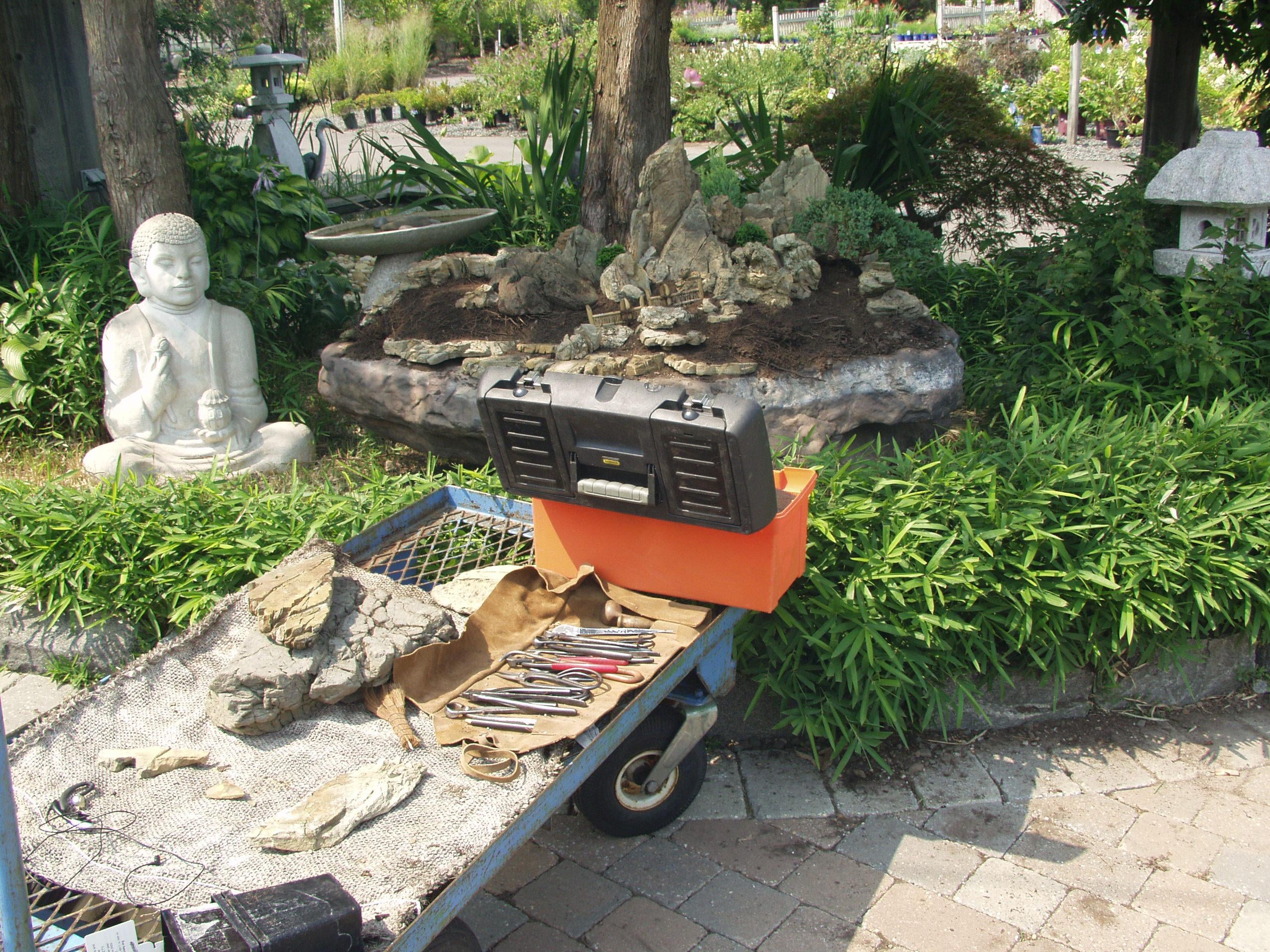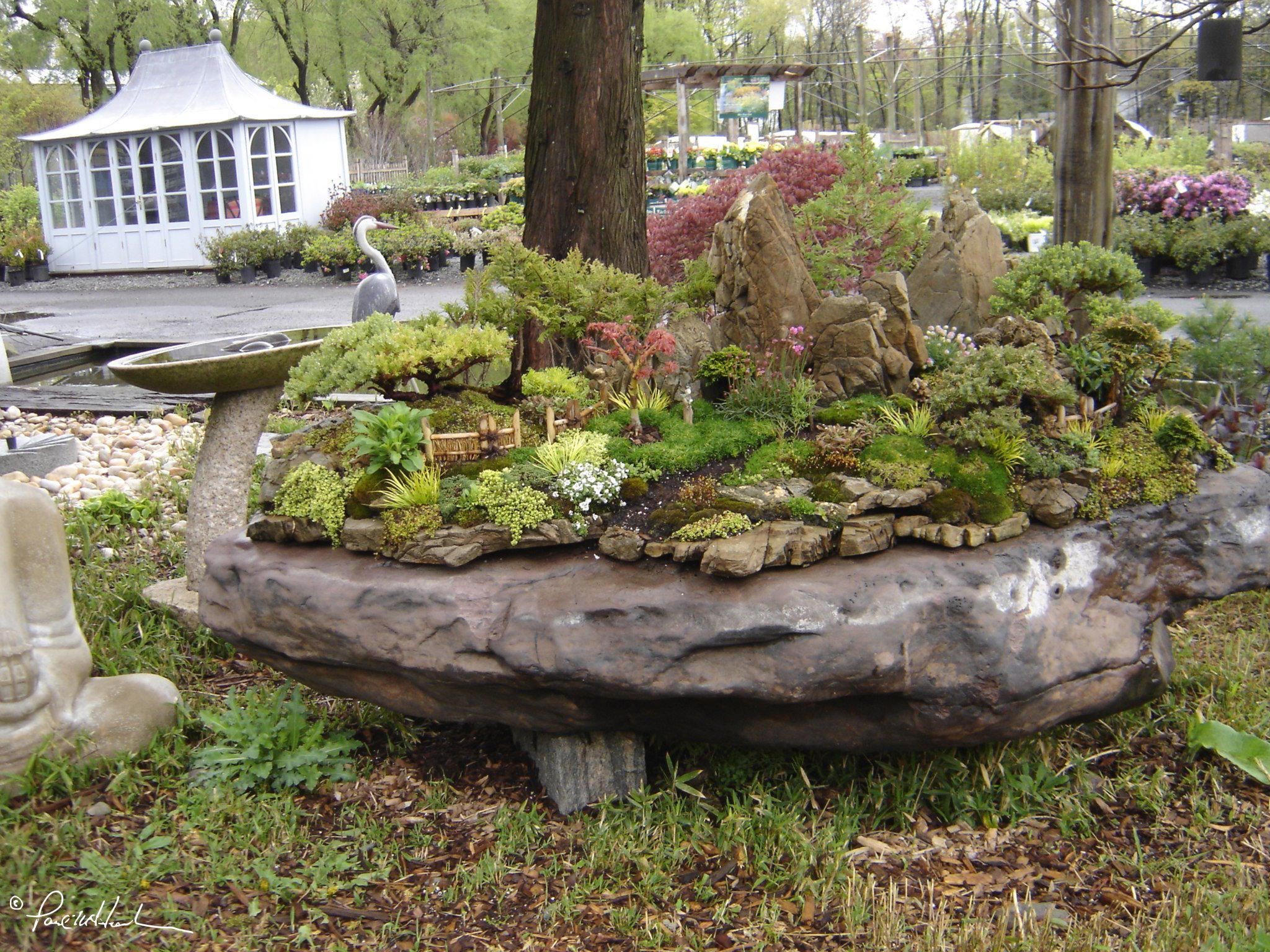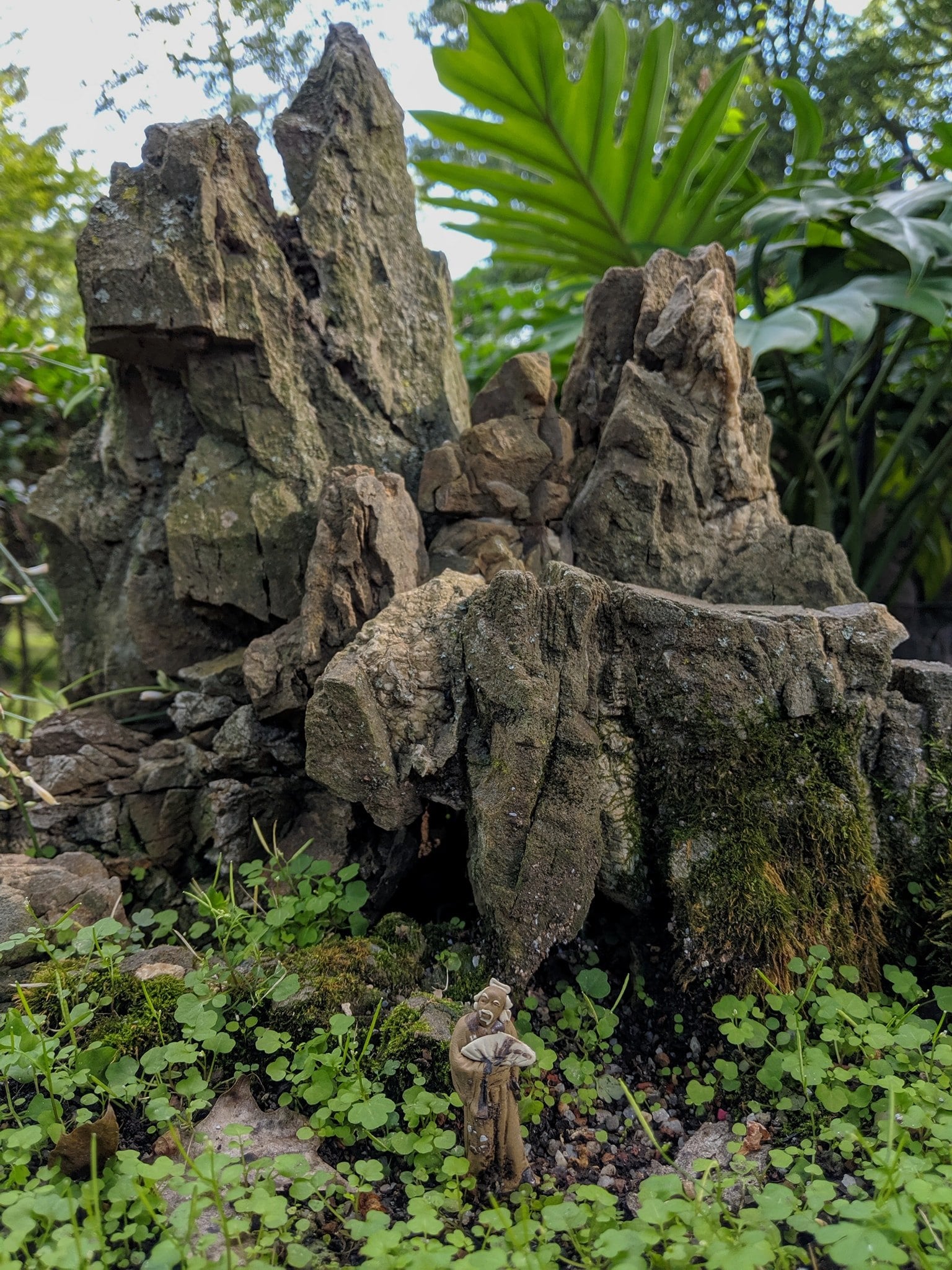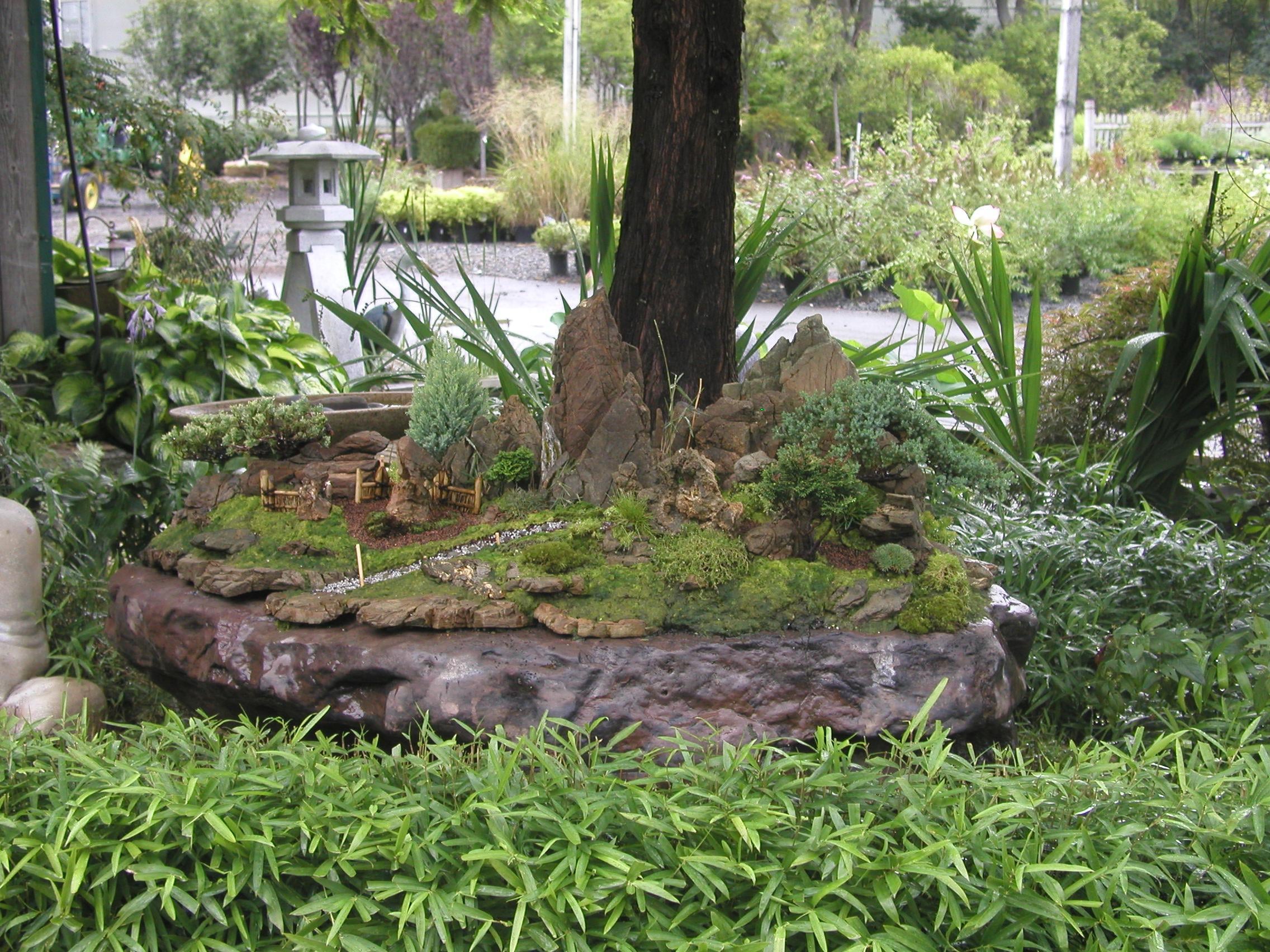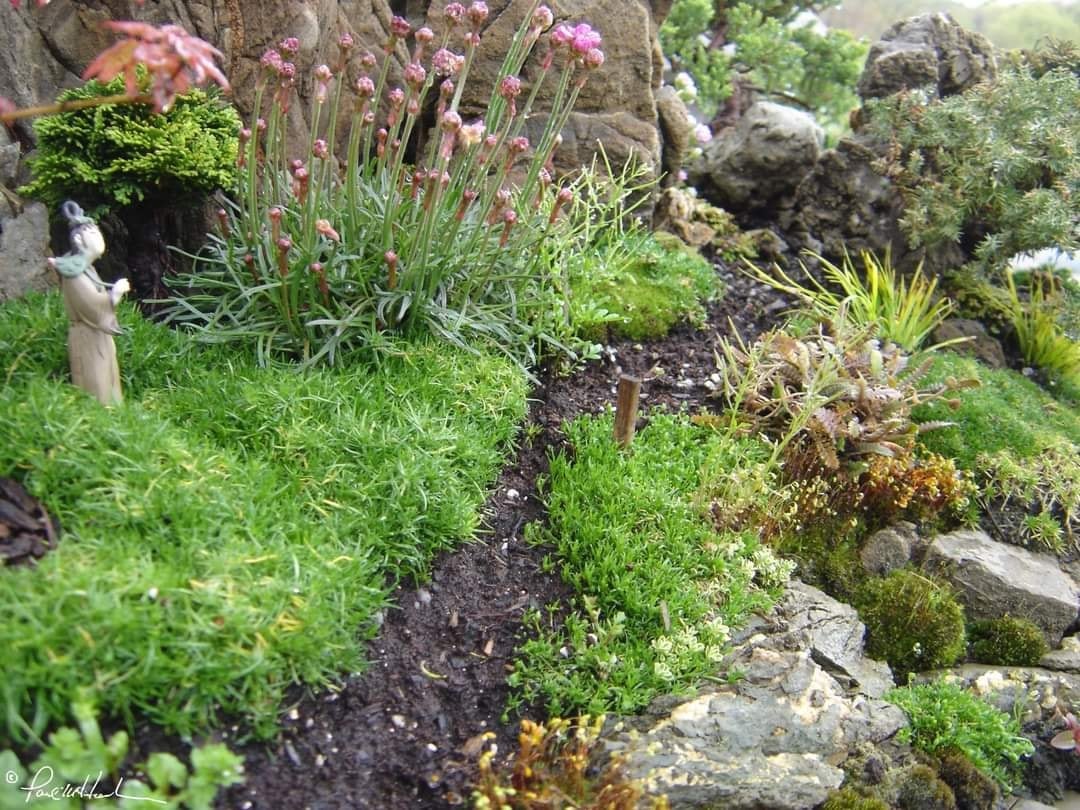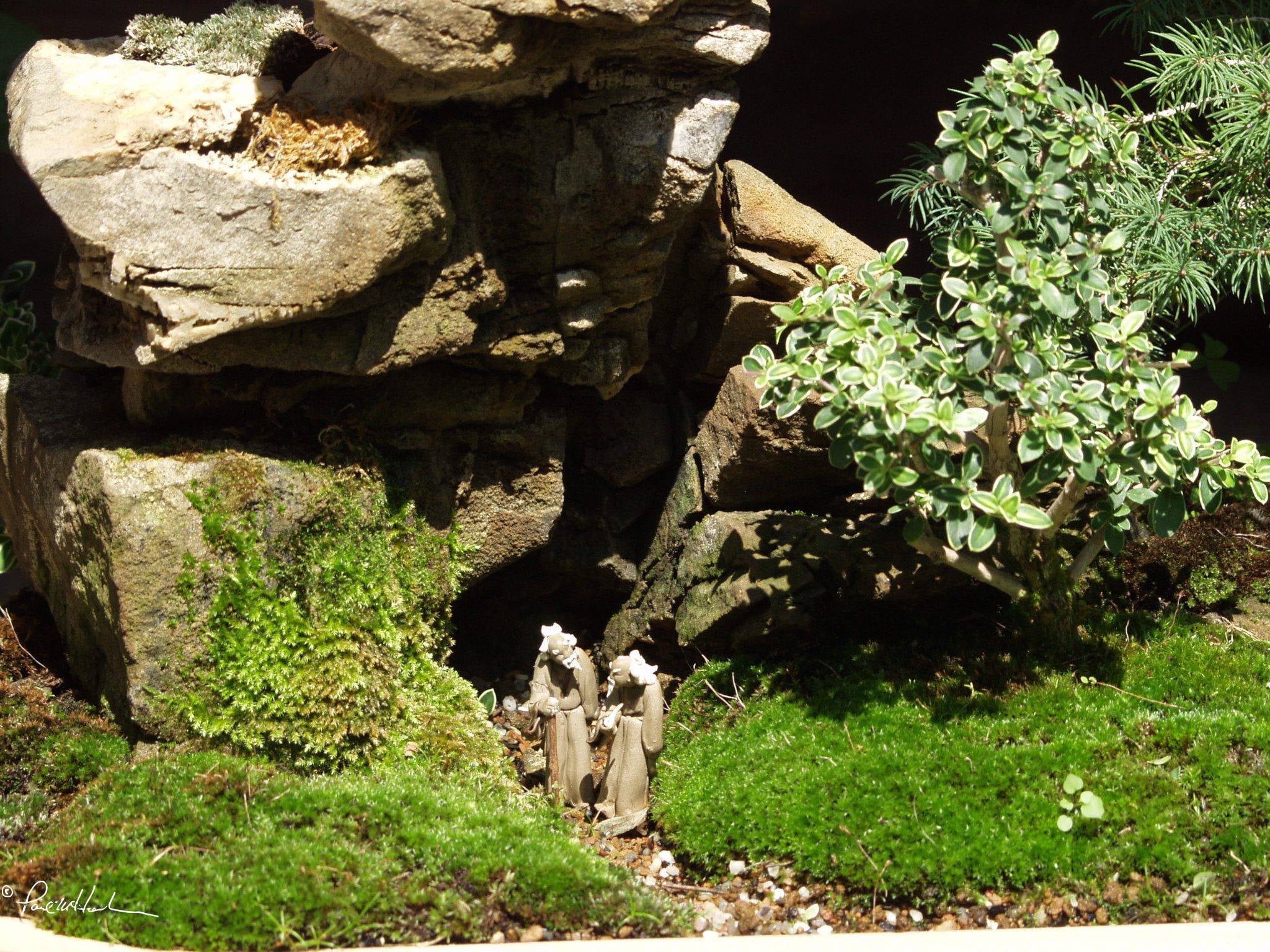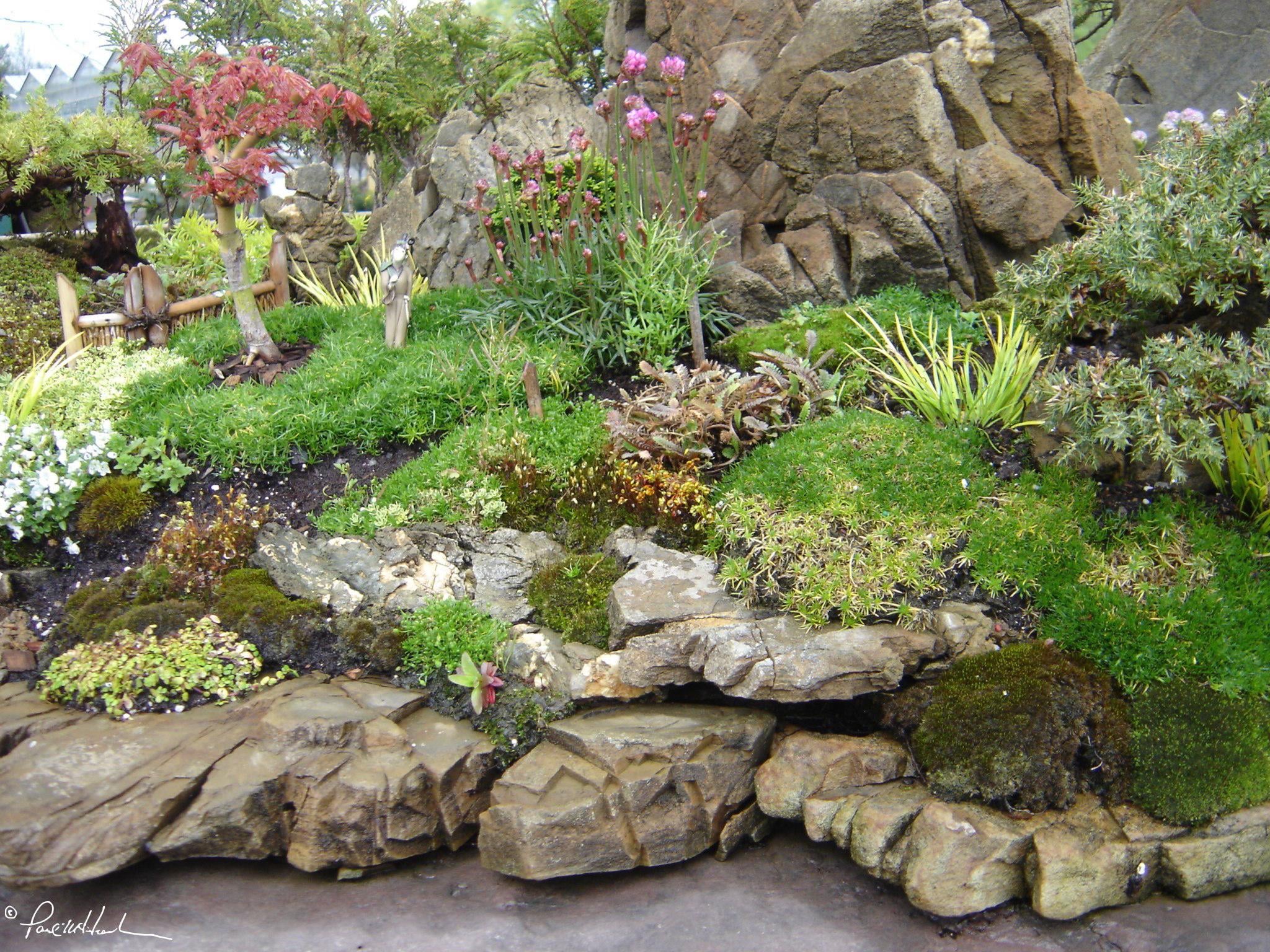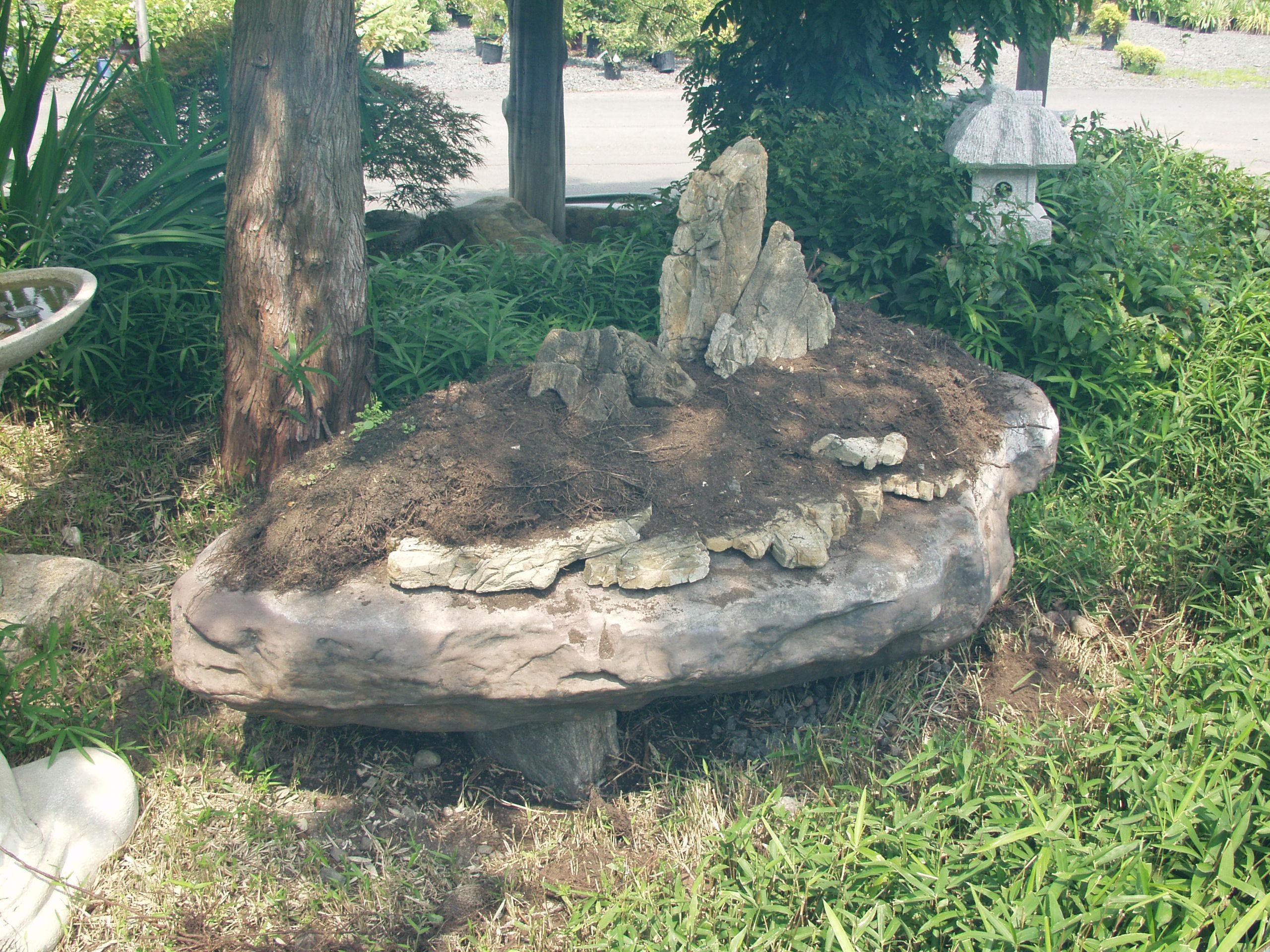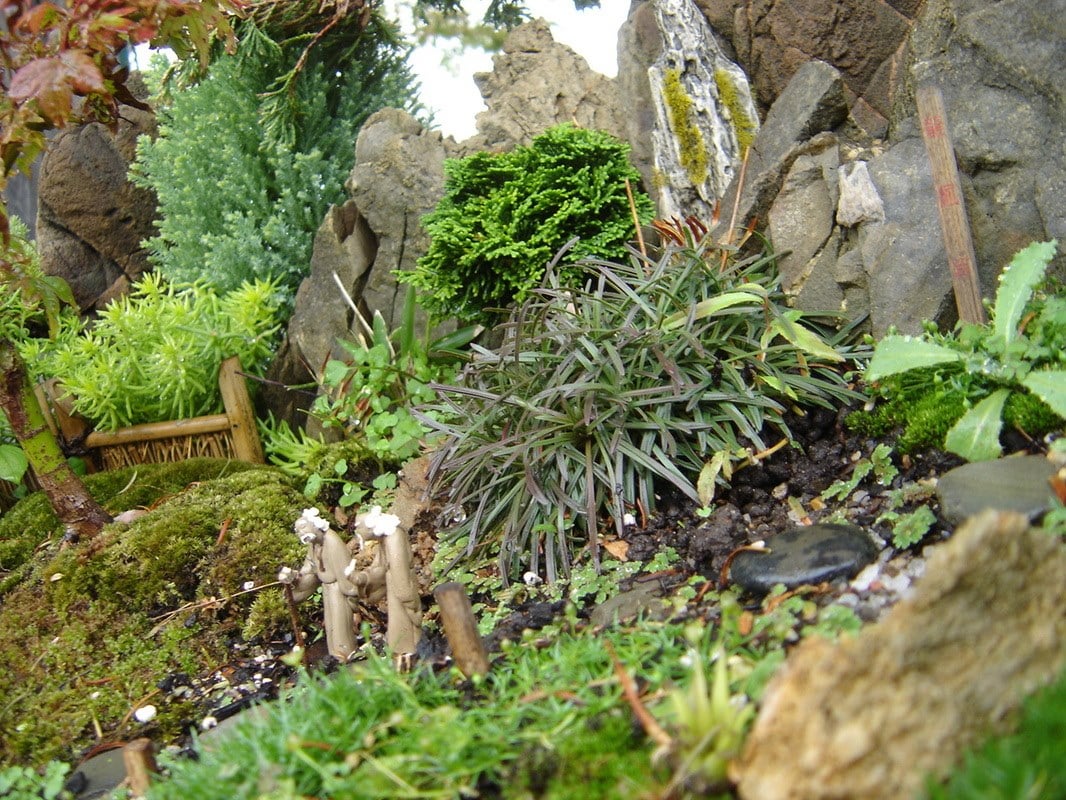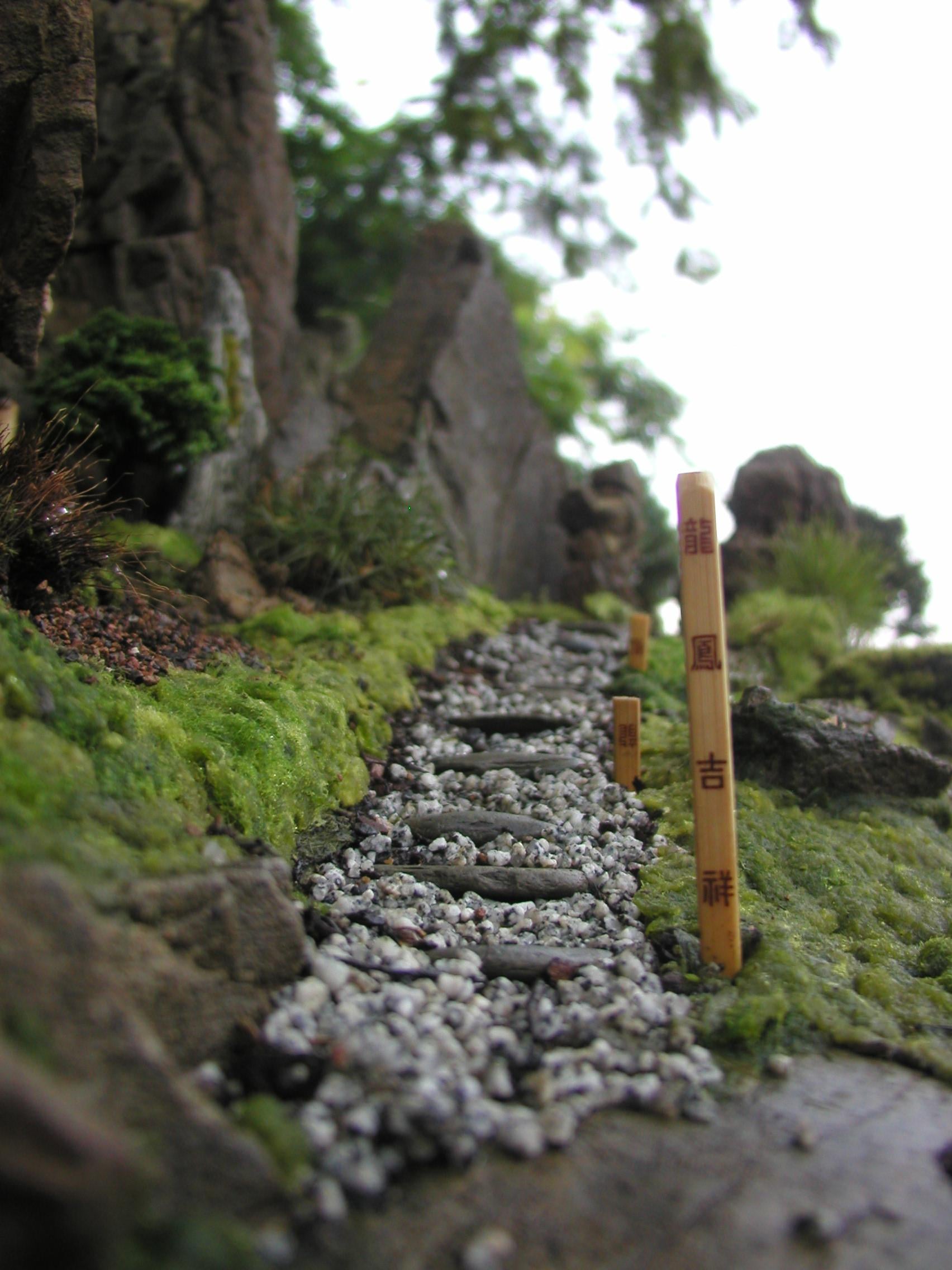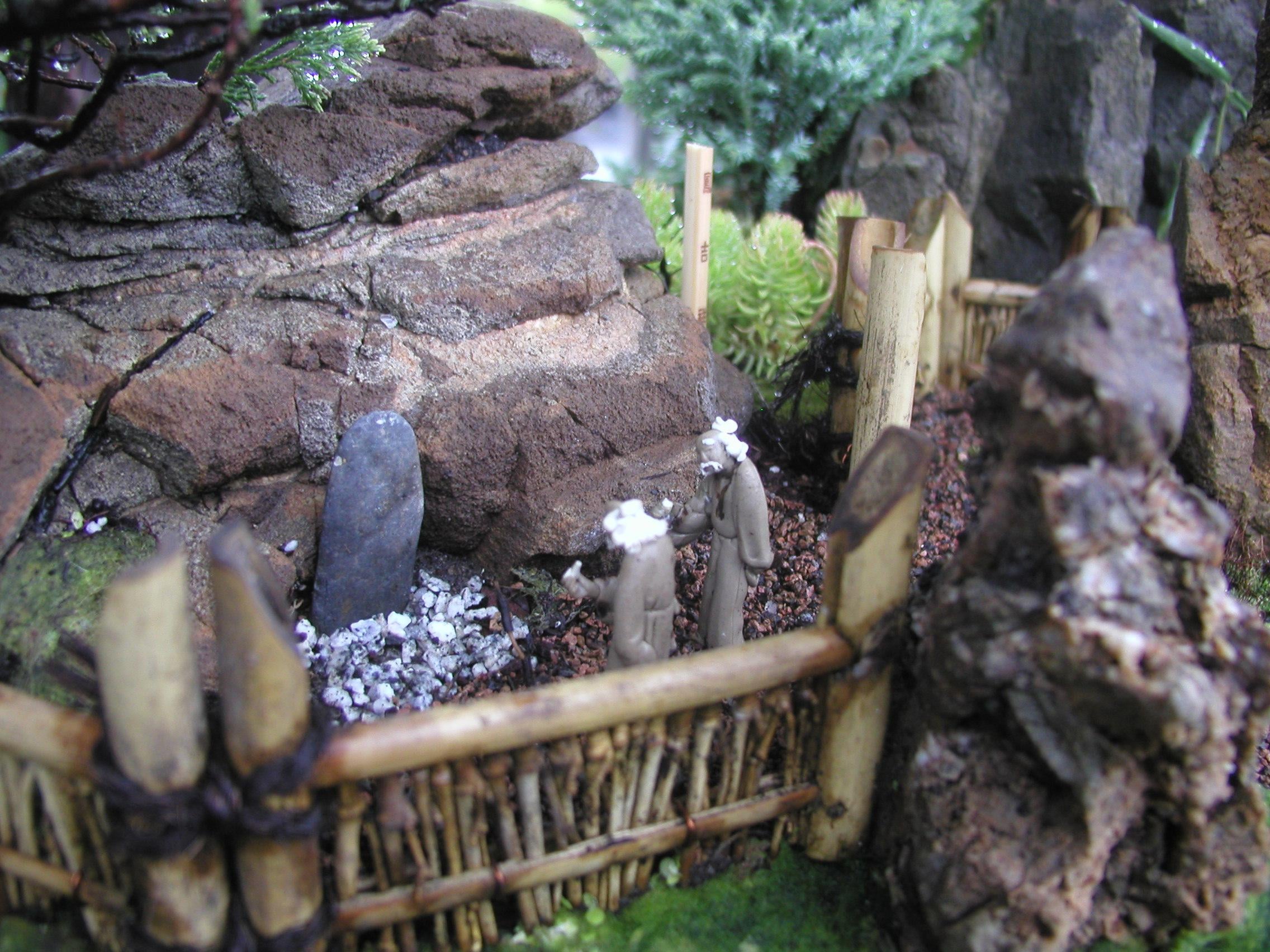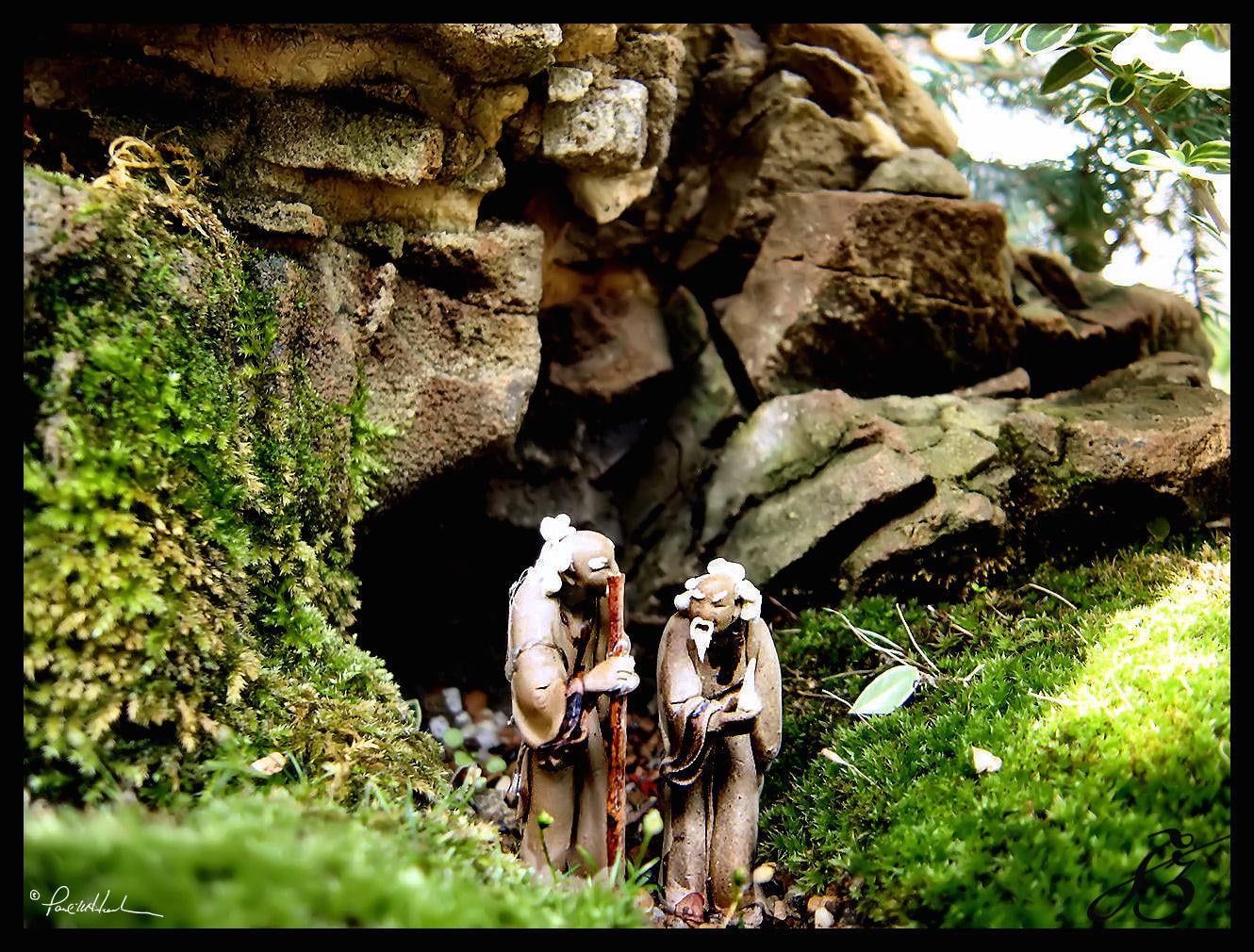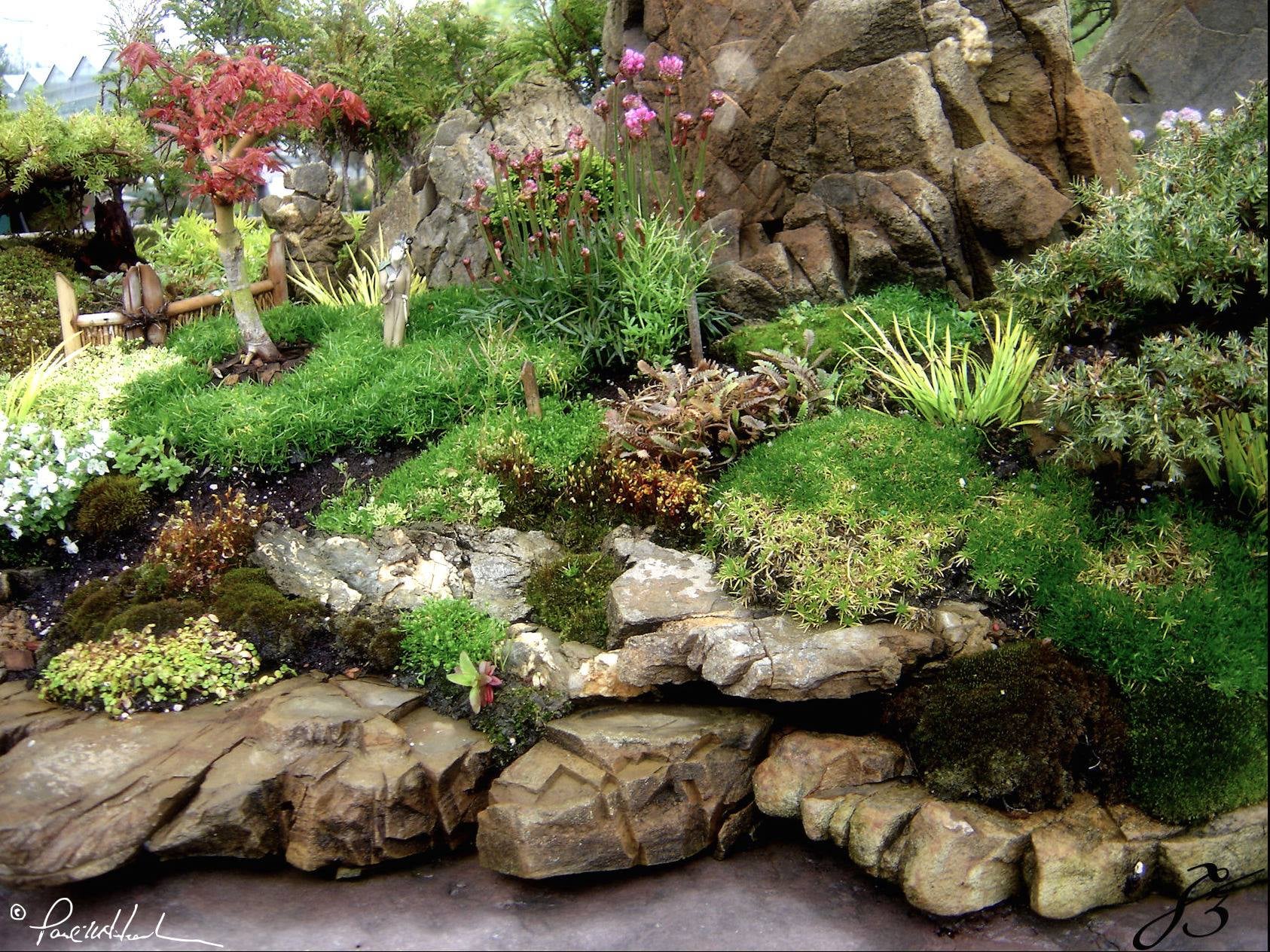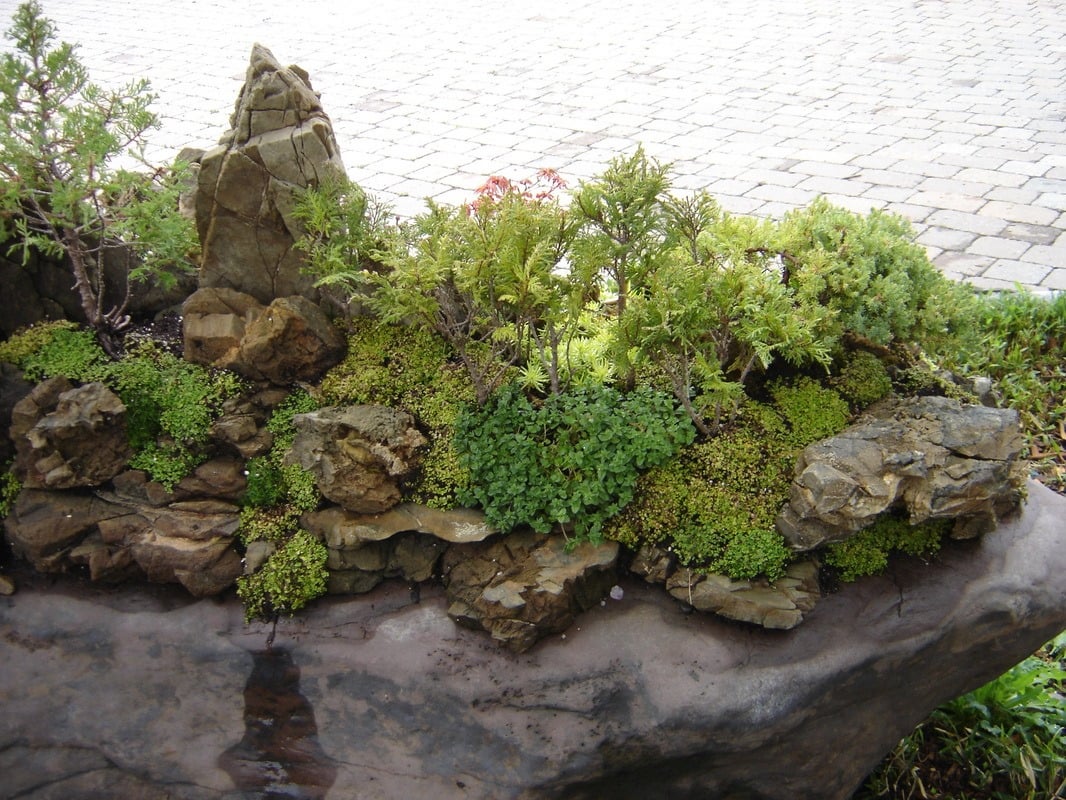1/17
a faerie garden on a boulder: old roots, new dreams
When I was a child, my grandmother would tell me stories about faeries hiding in the garden, their laughter mingling with the rustle of leaves. Years later, I found myself planting a faerie garden atop a five-foot boulder, right here in our North American backyard. It’s a patchwork of evergreens, deciduous saplings, mosses, and succulents—a living memory of simpler times, but with a twist. Back then, gardens were wild and practical, a place for food and family gatherings. Today, we see new trends: miniature landscapes, whimsical designs, and plants chosen for beauty as much as function. My faerie garden bridges these worlds. In winter, it sleeps under snow, just as our elders’ gardens did. But come spring, it wakes to bees, birds, butterflies, and yes, the occasional beetle—nature’s tiny caretakers. Some neighbors admire its magic, while others grumble about the "mess" or worry it doesn’t fit our community’s tidy standards. Should we cling to tradition, or embrace these playful, healing spaces? Is a garden for order, or for wonder? In a world of climate extremes and changing values, I wonder: are we losing touch with nature’s wild heart, or finally learning to see it anew? I invite you to remember your own childhood gardens, and ask: what do we want to pass on? #faeriegarden #gardeningdebate #natureheals #Gardening
2025-05-31
write a comment...
